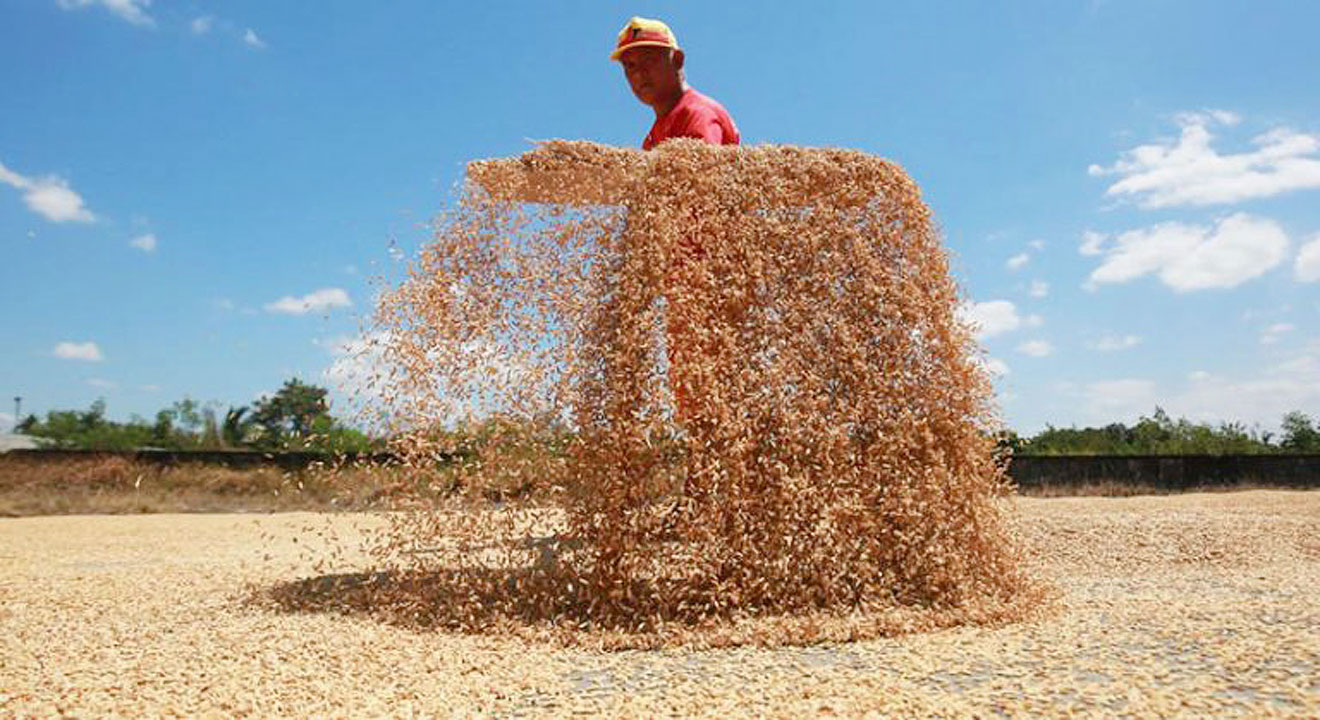Palay average farmgate price up 9.1% in April

THE average farmgate price of palay or unmilled rice rose 9.1% year on year to P18.79 per kilogram in April, according to the Philippine Statistics Authority (PSA).
“All regions continued to record positive annual increments in the average farmgate price of palay in April 2023,” the PSA said in its report.
The highest farmgate price of palay was recorded in Northern Mindanao at P20.77. The lowest was the Eastern Visayas price of P16.09.
“The highest year-on-year increase was registered in Northern Mindanao at 14.6%, while the lowest annual increment was noted in Cordillera Administrative Region at 3.7%,” the PSA said.
The average farmgate price in the Ilocos Region rose 7.7% year on year to P20.40 per kilo.
The Central Luzon farmgate price during the period grew 11% to P20.02.
The farmgate price rose 8.3% to P19.53 in the Western Visayas.
The farmgate price in the Central Visayas rose 13.5% year on year to P19.52.
On a month-on-month basis, the PSA said that the average farmgate price rose 1.2% from P18.57 in March.
“Month on month, 12 regions recorded higher average farmgate prices, while CAR, Ilocos Region, Cagayan Valley, and Eastern Visayas posted decreases for this month,” the PSA said.
Jayson H. Cainglet, executive director of Samahang Industriya ng Agrikultura (SINAG), estimated the current palay farmgate price at between P21 and P24 per kilo.
“As long as imports don’t compete with harvest season, the millers are encouraged to buy palay, even some (local government units),” he said. The peak of the harvest is March to May and September to October.
Mr. Cainglet said that SINAG affiliated millers signed a memorandum of agreement with the National Food Authority (NFA) in October, committing to buy palay at a base price of P21 per kilo.
He said with many buying at P21 per kilo, other traders and millers followed suit.
Under Republic Act No. 11203 or the Rice Tariffication Law, the NFA has been stripped of its power to import rice and has been reduced to maintaining an emergency inventory from domestically produced rice.
In the five months to May, the Philippines has imported 1.62 million metric tons of rice, up 7.69% from a year earlier. — Sheldeen Joy Talavera
